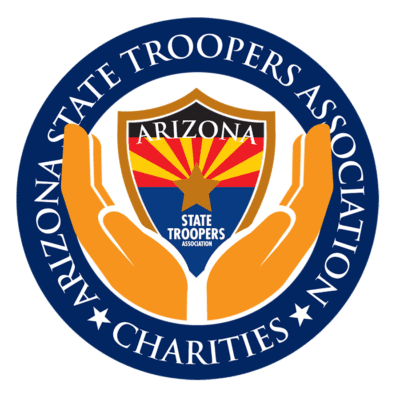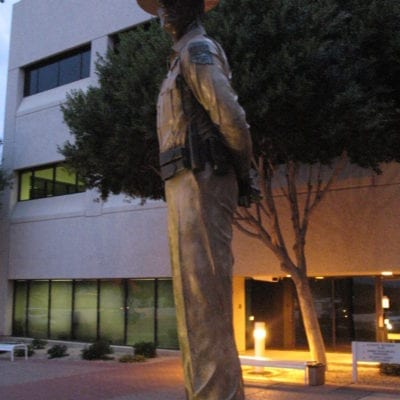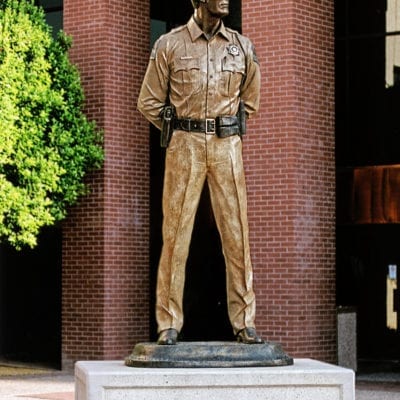By Jim Spell, P1 Contributor
While you may think all the action is on the ground surrounded by fire and rescue trucks, ambulances and law enforcement vehicles, a vital part of any large emergency intervention’s success happening in the emergency operations center (EOC).
Working in an emergency operations center or EOC requires a focused performance that will impact incident command and control at the highest operational planning levels. You will serve by attending meetings; writing form reports; and evaluating an information screen, along with dozens of professionals from myriad organizations, agencies, departments and private companies.
An EOC has six main objectives:
- Provide continuity and communications throughout an event or incident, by identifying challenges, providing solutions and taking recommendations. Coordinate responding local, state and federal agencies, organizations and companies, command and control, including legal requirements and political ramifications. Provide resources and personnel throughout the divisions, sections, branches and units associated with ICS/National Incident Management System. Manage data, general and public information utilizing recognized and scheduled forms and communication channels. Deal with overall financial pressure and immediate expenditures. Plan for the unexpected.
The role of an EOC
Here is what you need to know for a positive and productive experience when you find yourself in an EOC representing your department and your community.
An emergency operations center is a fixed site, centralized command and control facility. It can be ongoing 24/7 and staffed by hundreds, such as the CDC’s EOC; or initiated specifically for a large event, such as the Boston Marathon or New York’s New Year’s Eve celebration.
Of course, an EOC is designed to be set up quickly for a major incident, such as a weather disaster or catastrophic emergency. Whether at the county or state level, EOC facilities have been funded and maintained at the highest levels since the 9/11 World Trade Center and anthrax attacks in 2001. Opened for any designated critical incident, these localized EOCs will require your participation regardless of affiliation.
Organizationally, you need to think about the EOC as a giant incident command flow chart. The National Incident Management System established by FEMA includes the incident command system used by first responders and is the pattern for organizing an EOC. Each EOC area is dedicated to one of the branches described in the NIMS:
Planning Finance Logistics Operations Related areas.
Regardless of your training and certification, the EOC will run daily operations utilizing these organizational standards in one form or another. An operational period may change in duration, depending on the incident involved, but everyone will be familiar with the requirements involved in submitting action plans and related paperwork:
Updates Accountability Recommendations Developments Changes in tactics The overall EOC intervention strategic progress.
While the EOC functions as a central command and utilizes most incident command system components, it does not deal with on-scene tactical or lower-command decisions. It does however; maintain that all actions initiated are within the involved agencies’ and organizations’ legal and accepted protocol scope. Continuity is paramount to all decisions emanating from the EOC.
The logistics division houses one key component needed in a fully functional EOC. Communications, with its demands on radios and channels, keyboards and screens, internet and telecom functions, must be a compatible, functional and accessible component to all. Communications are so important to an EOC that they often retain their own space and grouping, sometimes independent of the noise and movement associated with a functional EOC. Dispatch and its professionals provide the perfect resource and insight into an effective communications group.
The EOC’s various jobs are to collect, record, analyze and recommend achievable results based on incoming data and the expertise in the room. Due to their size and scope, all recommendations will have an effect on life and property, and will only be applied by consensus.
All information regarding response capabilities, first responder resources and civilian protection are continually processed for review and recommendations at the policy level. All planning and policy cycles are documented and information is distributed according to need and request.
The EOC’s work begins with divisional meetings and command-level plan approval. Accepted plans are executed and progress is assessed. Objectives are evaluated in light of measurable benchmarks, tactics are reassessed and additional plans are made for more meetings at the top of another operational period.
While the atmosphere in an EOC may seem informal, there is a definite behavior code based on chain of authority within the command organization. You must know who to report to and at what time. Informal conversation is appropriate and necessary due to the long and stressful hours, but knowing when to listen is vital to your success. You will learn about real leadership and decision-making from your EOC experience.
Why we need an EOC
Here is an example of a singular piece of work coordinated by an emergency operations center.
Imagine you are working in the EOC at the World Skiing Championships in Vail, Colo. Here you have large crowds, difficult terrain and weather, high profile athletes and celebrities, singular evacuation routes, and significant press and associated equipment; not to mention the possibility of protests, injuries and the unexpected – all on a grand scale.
A private security guard radios his representative in the EOC working alongside the Forest Service, FBI, and state and local law enforcement at his table. The snow fence directly adjacent to the viewing stands for the downhill has been moved and spectators are walking directly under the stands as a shortcut to the food vendors. A backpack is observed to be directly under the stands leaning against a support.
This information is given to the law division from the private security sector and deemed worthy of immediate attention. The Forest Service determines this falls under the sheriff’s jurisdiction, local law officials are accepted as appropriate responders, and a federal bomb squad is dispatched out of their terrorist cache hidden in nearby condos.
These resources, together with on-scene security and law personnel, as well as mountain maintenance professionals, confirm a solution. The backpack is found to be inert and removed, civilians are rerouted away from the viewing stands, additional personnel are assigned to the area, and the next emergency operations center challenge is brought into view for evaluation and disposition.
If you are selected to participate in an EOC, be prepared to represent your agency or organization at the highest level. Know your resources and the commitment level you can make on behalf of those you represent. Be able to work with everyone from law enforcement to dispatch, and from EMS to private security companies without ego or personal aggrandizement. Understand the appropriate forms and paperwork for an operational period. Know the ICS terminology and listen for individual agency lingo. And be sure to bring your go bag.
About the Author Jim Spell spent 33 years as a professional firefighter with Vail (Colo.) Fire & Emergency Services, the last 20 years as a captain. He helped create the first student/resident fire science program west of the continental divide, formed the first countywide hazmat response unit and was on the original Colorado Governor’s Safety Committee. As founder of HAZPRO Consulting, LLC, Jim advises business on subjects ranging from hazard analysis and safety response to personnel development and organization. Jim’s writing has won six IAFF media awards. He has an associate’s degree in fire science and a bachelor’s degree in communications. He can be reached at jim.spell@firerescue1.com.






